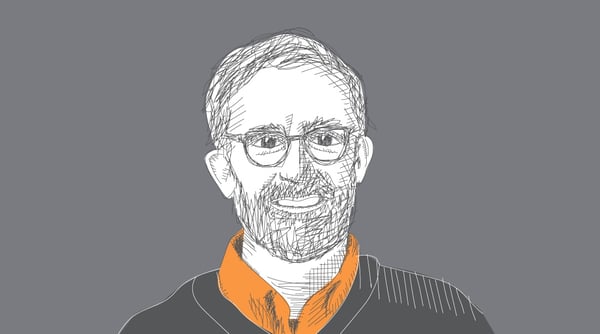
NEEP, NECEC, NESEA, ACE, VTREV… what do all these abbreviations have in common? They are all the energy-related conferences that KSV sponsored or attended in October. It was Energy Awareness Month, and we celebrated it by making the rounds for conference season.
Not everyone is able to leave the office to venture to conference centers across America with lots of mild coffee and mediocre food, so we wanted to share with you the most critical insights from these conferences that we feel are helping lay the energy foundation for the future.
80x50 Climate Goals and the U.N.’s release of the IPCC report on climate change
The Intergovernmental Panel on Climate Change (IPCC) report was a priority topic at every conference we attended. There is a renewed sense of urgency, and the message is clear: The time to act is now. While federal leadership toward climate change is currently nonexistent, many states we visited are taking carbon emissions leadership into their own hands.
We heard from governors, city leaders and large corporations, all of whom are taking aggressive positions on reducing greenhouse gases through the way they run their organizations, what types of products they use and how they use energy. We see this plan continuing to shape policy and actions in the short and long term. The IPCC report should be the benchmark against which companies track their energy efforts.
Strategic electrification
Strategic electrification was discussed in multiple contexts. We heard compelling stories about grid modernization, advanced technology and demand-based charges, all of which give customers more control over their usage, sources of energy and home. (Think: “Alexa, how can I lower my electric bill?”)
Most industry leaders agree that within 10 years, we will see a significant transition in the way energy usage is controlled for both residential and commercial customers. Additionally, utility professionals we talked with are intent on advancing strategic electrification. Pilot projects are happening across the country, and new technologies are being tested that could lead to big impacts in energy usage and delivery.
Heat pumps
This is a technology that was included in most of the strategic electrification sessions. At one of the conference exhibit halls, there were six heat pump technology companies, accounting for nearly half of all exhibitors!
Heat pump technology seems to be the shiny object of 2018 and will certainly be included in many companies’ 2019 plans. That includes KSV’s own clients, many of whom have spearheaded clean heating and cooling initiatives. Several are already talking about the next generation of clean heating and cooling technology, which will undoubtedly be smarter and even cleaner than the current crop of products.
Innovation
One of the most exciting aspects of the NECEC Horizon18 Conference was attending pitch contests, where startups pitched their ideas to groups of industry professionals and investors. Organizations such as Greentown Labs are supporting hundreds of startups to help them validate their technologies and propel them to the mass market.
We heard from companies pitching fuel cells, impenetrable building envelopes, personal renewable energy solutions and everything in between. We are confident that some of the biggest solutions of the future are in their infancy right now, with companies like Greentown ready and waiting to support them.
Workforce development
Communities throughout the clean energy sector need to act swiftly to develop strong workforce development plans that will help welcome the new generation of clean energy workers into the fold. The number of potential careers in clean energy continues to skyrocket, particularly as more states commit to sizable carbon emissions reduction policies. Right now, there are not enough qualified and capable workers in the clean energy fields to ensure we can reach the goals set by state-mandated deadlines. The need is great today, and it is only going to grow.
Considering these lessons from our October travels, what should YOU start doing differently?
- The need to act fast on climate change is apparent, and many states and corporations have committed to doing their part by setting aggressive goals. Integrate these goals into your processes going forward, both externally and internally.
- Heat pump technology is a real, proactive solution for many of today’s customers. But what’s next? Technology continues to advance, and we all need to ensure that our existing infrastructure is flexible enough for the newest and best solutions coming from startups to be easily integrated.
- We cannot make the necessary strides to a clean energy economy without qualified workers. States such as Massachusetts and California are seeing economic booms and people coming from out of state to get hands-on experience with cutting-edge technology. Make sure you are empowering your employees, trade allies and partners to stay ahead of the curve or you risk losing them to more competitive and exciting new industries.
What was missing from these discussions was how to get consumers on board with achieving climate goals. If we don’t have a clear value proposition for customers, any proposed solutions will be persistently ineffective.
How are you defining your brand’s positioning on clean energy? Looking for ways to integrate your state’s carbon emissions reduction strategies into your company’s mission statement? We can help.
EnergyWire Bonus
Some of these conferences have already made slides available from the individual presentations, so please feel free to check those out here:
- NEEP Summit: https://neep.org/2018-summit/agenda
- NESEA Building Energy NYC: http://nesea.org/conference/schedule/5390
